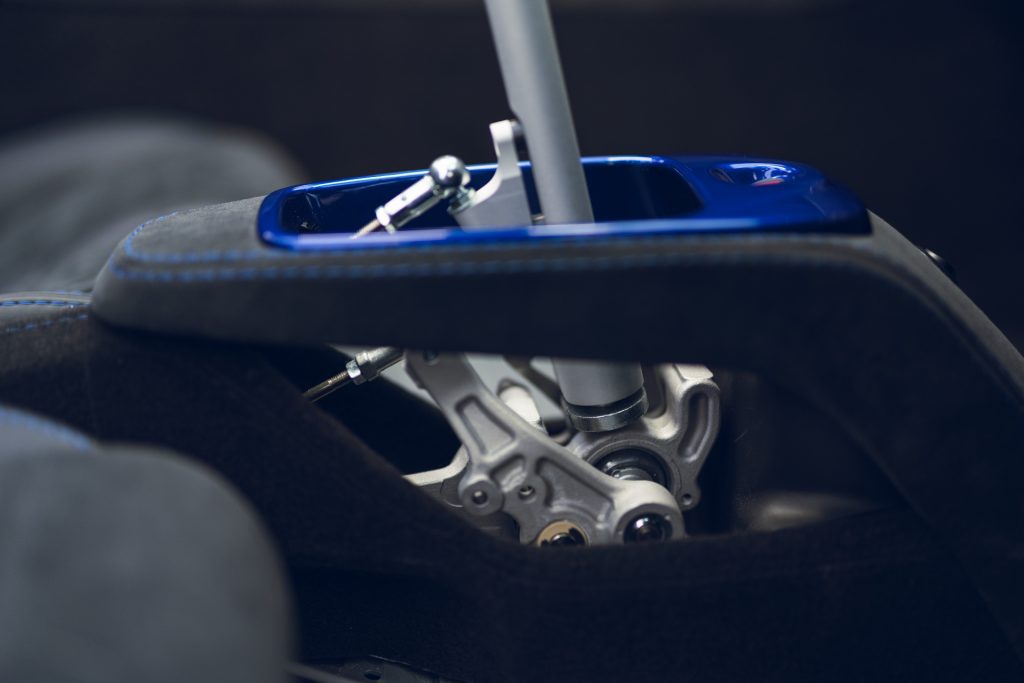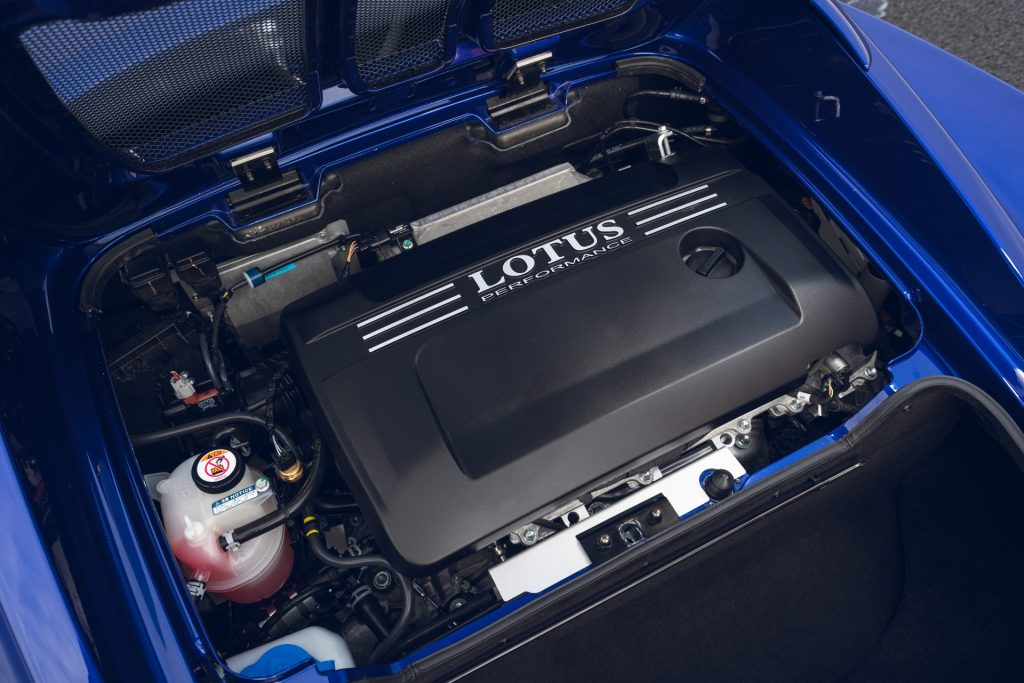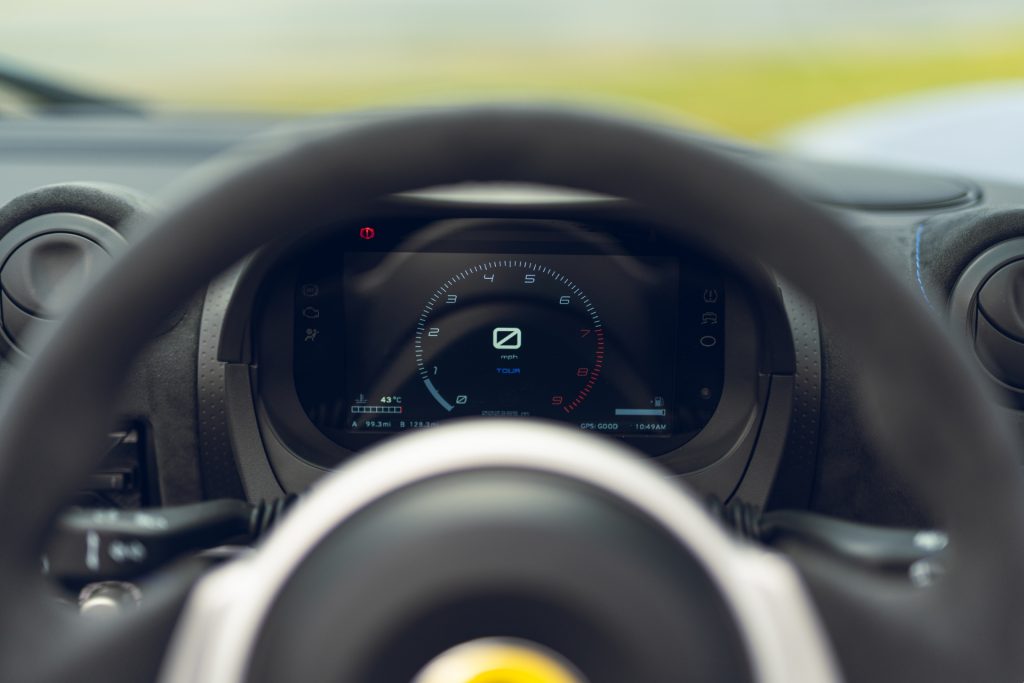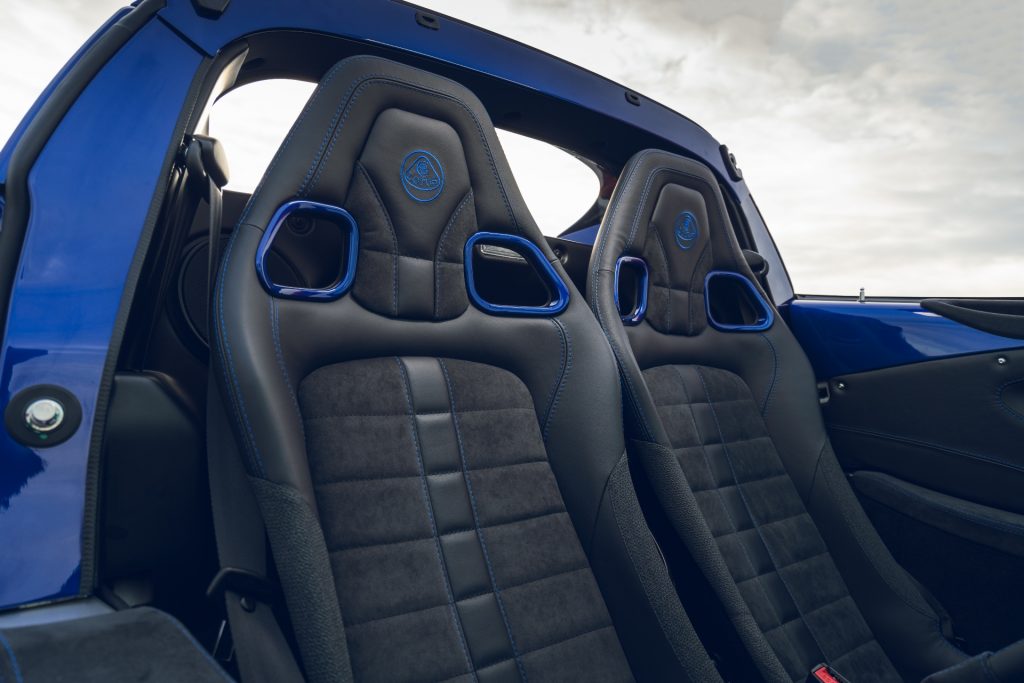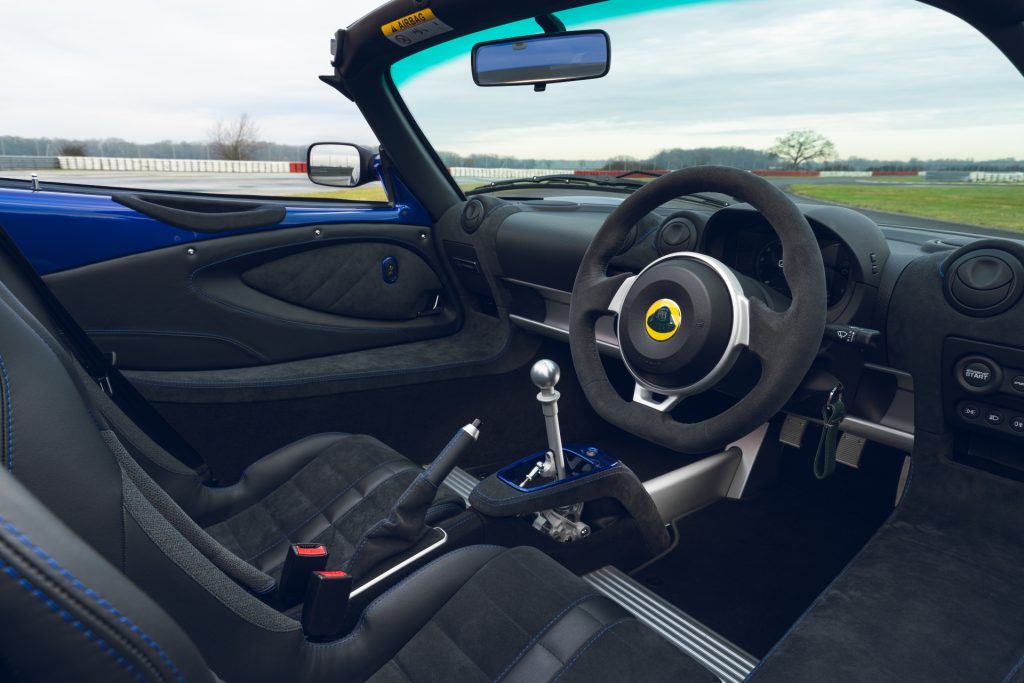The Lotus Elise is a car close to many people’s hearts. It’s small, affordable to run, fast, fun, and has one of the best badges in the business on its nose. In 1995, when the first Elise was revealed at the Frankfurt Motor Show, it turned heads. It would have turned a few more had Audi and Ferrari not chosen to reveal the TT Concept and F50 respectively, but still… the small car from Norfolk with its fancy bonded aluminium platform and trick brakes left an impression. Yet now, after 25 years on sale, it’s time for one of the most spectacular light shows to end. Lotus is finishing production of the car that saved it, and the Elise Sport 240 Final Edition reviewed here is the very last of the line.
As a way to say farewell to the Elise, this seems somewhat fitting. The ‘Sport’ Lotus’ are the softer, more road-biased cars. Designed to delight on a b-road, make a dull commute manageable, and still entertain if an owner wanted to take it on track. When you think about where the Elise’s story started, as a fun sports car for the road (the Exige was the track car after all), it seems appropriate.

Lotus naming convention means you shouldn’t have to work too hard to guess that its 1.8-litre supercharged motor produces 240bhp (it also kicks out 181lb ft of torque, but that would make for an ungainly badge). Lotus says 0-62mph takes 4.5 seconds and, given the space and requisite brave pills, it’ll manage 147mph. Being a Lotus, there’s not much meat on its bones: it weighs just 922kgs (898kg if you spec all the lightweight bits – although that’s a far cry from the 725kg of the original Elise).
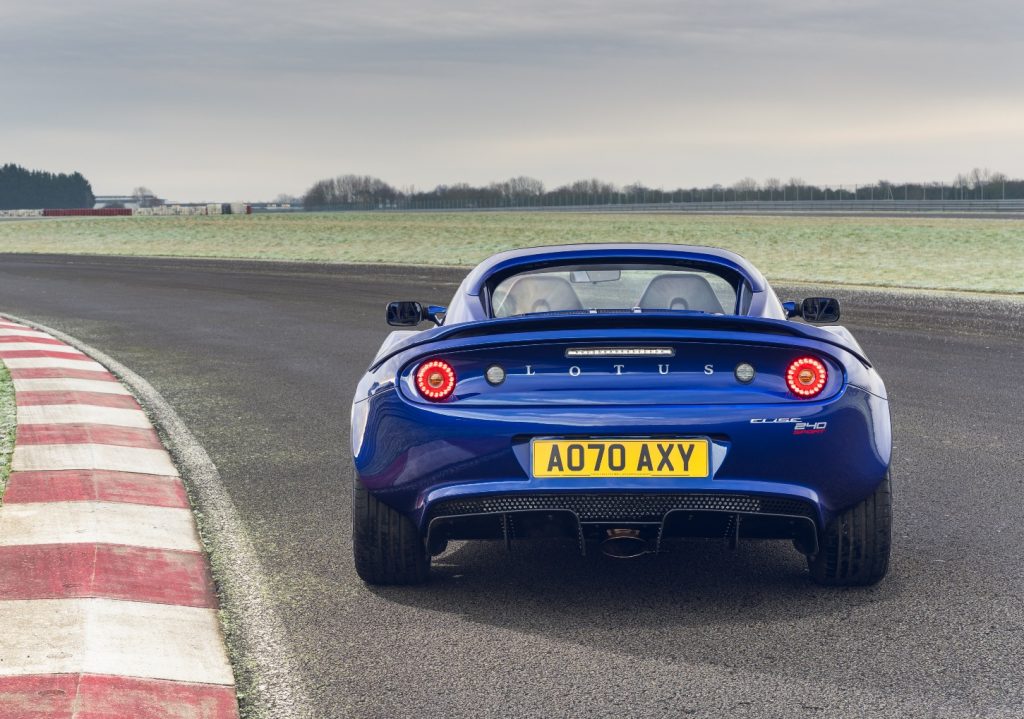
Lotus hasn’t really changed the Elise recipe since the 90’s: engine in the middle, drive at the rear, driver giggling like a loon. Over the years some things have had to be adjusted to suit governmental, and customer, demand. Its looks have been updated somewhat, it’s had to meet tougher crash regulations, getting in and out has been made easier, Lotus added a stunning open gear shift, mod cons like air con and Bluetooth were shuffled in, and this Final Edition car comes with a new TFT instrument binnacle (which we’ll no doubt see on future cars – a good thing because it’s slick as they come) but the basic car is the same. And therein lies the joy of the Elise: it’s simple, and it’s exciting.
Your arms may wonder whether it’s workout day when it comes to using the ‘wheel at low speed, but once you’re moving it’s a joy. You feel everything that the car’s Yokohama V105s roll over and can react accordingly. Thanks to its softer springs, the body moves when you corner hard, tipping slightly then settling and getting on with the business of turning. Throttle response is sharp and quick, the pedal reacting to the most minute input without fuss. That means you can adjust the car easily mid corner, and, of course, happily give it the beans where the road allows. While the Elise has never been an amazingly sonorous car the cabin fills with a delicious boom and a hint of supercharger whine as you pin the gas.
Everything about it is fast, direct, and engaging. AP Racing brakes do a good job of slowing you after a moment of over indulgence, though the pedal travel’s a touch long. The more you drive it, you’ll want to flick your way through its easy ‘box as much as possible, make more noise, tackle each new corner harder and faster… The whole thing’s a rush when you want it to be, but can be used sensibly without too much issue if that’s your thing.
Being an Elise there are a few things to put on the ‘it can’t do everything’ list. It’s hard to get in and out of without practice; despite carpets and other sound deadening the Sport 240’s cabin is a touch noisy at speed; the blind spots are pretty massive; there’s not much room for people or things like phones or keys and wallets; and then there’s the price – £45,500. Which seems quite keen.
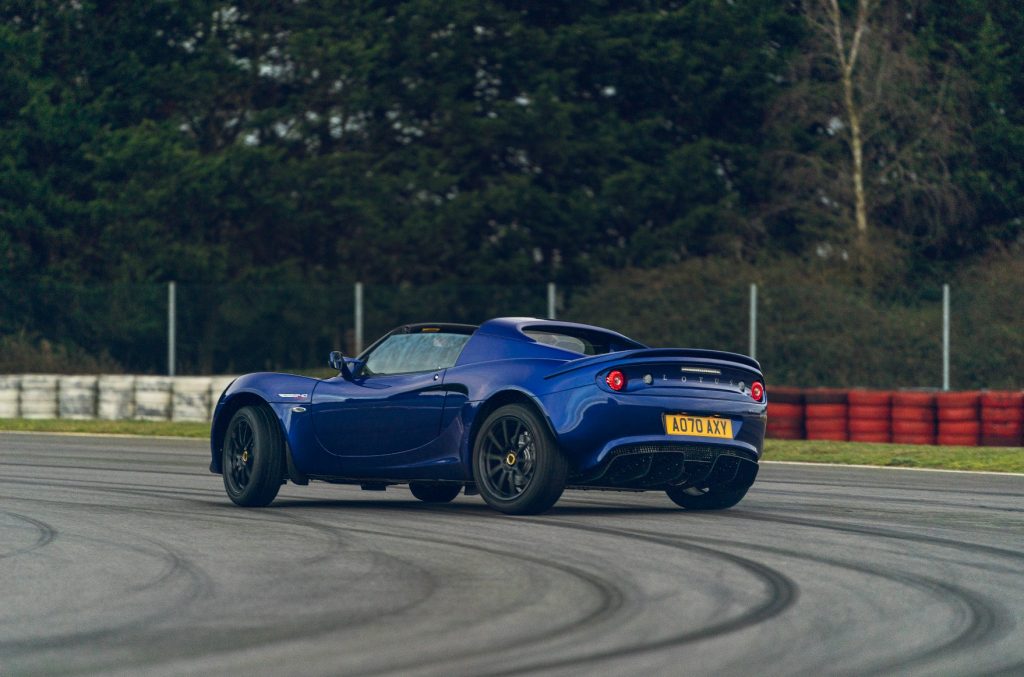
The Elise remained pretty much the same where other sporting cars were introduced, facelifted, and quietly removed from sale. This last car, in a sea of special editions, will be the one to look out for in the years to come. It’s the last of a long line, and it’s one of the good ones – not too hard, not too soft, not too fast, and not too slow. It’s just right, and a fine way to send off one of the greatest cars in Lotus’ history. If not the greatest.
Read more: Restoring a Lotus Elan kept me sane during lockdown

